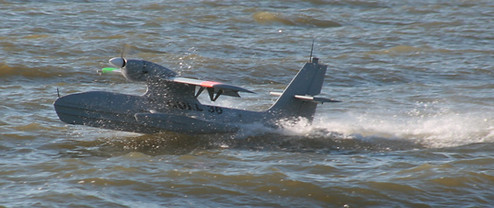
Background
Introduction
Ocean Aircraft Ltd is developing a family of new-generation of amphibious and straight seaplanes with 2 to 21 seats. They blend state-of-the-art marine and aviation technologies to remove the fences that have historically confined seaplanes. Expanding out applications for aviation, the rewards lie in diverse new destinations and routes, greater revenues and higher profit margins, among seaplanes, landplanes and helicopters.
Environmental implications are exceptional in using carbon-neutral power systems and in fundamentally greater cruise and work efficiency in relation to current and legacy seaplanes. They set a higher bar than is possible with landplanes in delivering direct to final destinations, without needs for new airfields or secondary transports and their infrastructure, leaving trees and the natural environment untouched.
Breakthrough
In 1950, seaplane developer Glenn Martin (later Lockheed Martin) described implications of new hull developments in “… a significantly superior hydrodynamic solution to many current problems… ". Yet these developments have not been exploited among light or civil transport seaplanes.
Using contrasting principles, fast ferry and sailing multihull speeds have doubled in 20 years from 1980, causing revolutions in those industries. Nor are their hull forms used in seaplane design, with every text on seaplane hull design spelling out why the principles cannot be adopted for seaplane use ... but wrongly so.

This is where the breakthrough opportunity lies and why the Ocean seaplanes can aim even higher than Glenn Martin had its sights on, which was "… vastly expanded potentialities of water based aircraft in general.”
Development
With a fresh conceptual approach and a series of innovations, preliminary work included:
-
Updating the processes that developed the big seaplanes of past, including engineering new high-speed hull-test equipment.
-
Carrying out extensive testing and development of new-concept hull forms.
-
Using Computational Fluid Dynamics and proprietary software to optimise hull form and the marriage between boat and aircraft.
-
Trialling and developing reduced-scale new-concept seaplanes and Ocean’s own GULL UAV seaplanes, testing in all extremes.
Step by step, problems were overcome, solutions developed and the new hull forms and their step-change benefits were proven. The marriage of hull to aircraft configuration was refined to secure complementary aerodynamics and hydrodynamics, bringing further advantages. All data and learning was applied to both GULL UAVs and the Ocean family.

